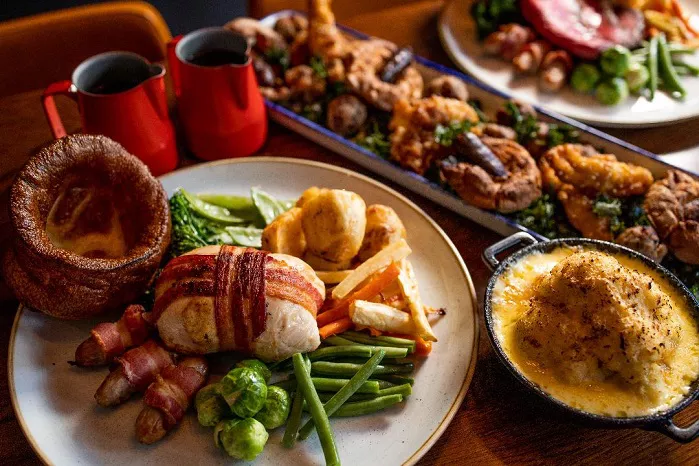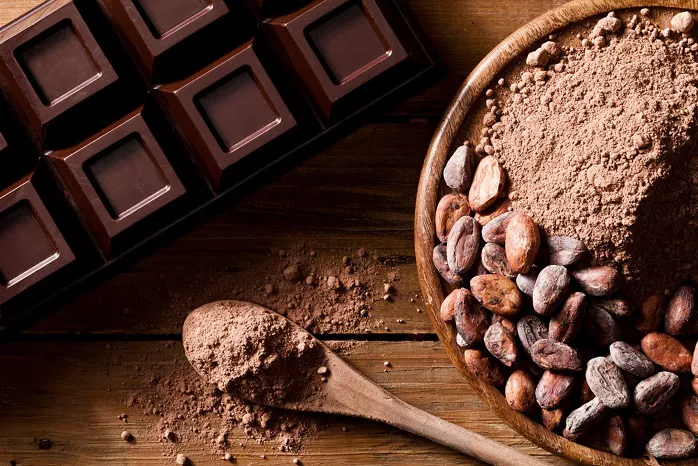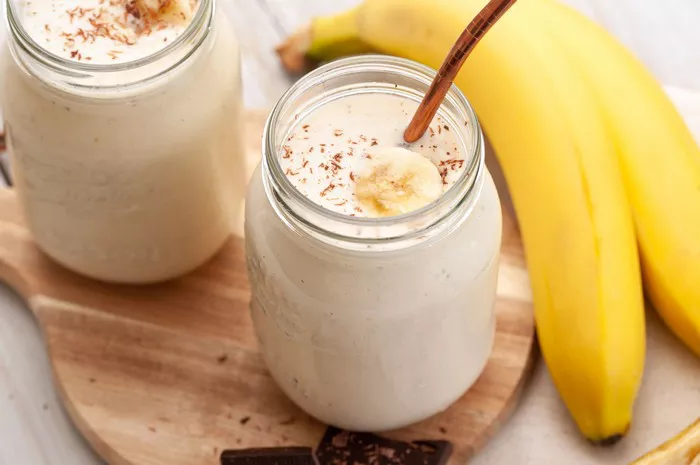Christmas in England is a time of joy, togetherness, and delicious food. At the heart of this festive season lies the traditional English Christmas dinner, a culinary tradition that has been celebrated for generations. In this article, we will explore the rich history and mouthwatering components of an English Christmas dinner, from the succulent roast turkey to the delightful Christmas pudding. So, grab a seat at the virtual table as we uncover the secrets of this cherished holiday feast.
The Historical Origins of English Christmas Dinner
To understand the significance of an English Christmas dinner, we must delve into its historical roots. The tradition of a grand Christmas feast can be traced back to medieval times when the wealthy hosted elaborate banquets to mark the holiday. Over the centuries, this practice evolved, and by the Victorian era, the concept of a hearty, family-centric Christmas dinner became firmly entrenched in English culture.
Roast Turkey – The Star of the Show
The centerpiece of an English Christmas dinner is typically a beautifully roasted turkey. The tradition of serving turkey dates back to the 16th century when it became popular in England. Today, it remains the star of the show, often stuffed with a delicious mixture of herbs, breadcrumbs, and seasonings.
Accompaniments Galore
A traditional English Christmas dinner is renowned for its array of accompaniments. These may include roast potatoes, parsnips, Brussels sprouts, carrots, and green beans. These vegetables are often roasted with herbs and drizzled with savory gravy for added flavor.
Pigs in Blankets and Stuffing
No English Christmas dinner is complete without “pigs in blankets” – sausages wrapped in bacon. Additionally, stuffing made from breadcrumbs, herbs, and sometimes fruits or nuts adds a flavorful complement to the turkey.
Cranberry Sauce and Bread Sauce
Cranberry sauce, with its sweet and tart flavors, is a common condiment to accompany the turkey. Another unique addition is bread sauce, a creamy concoction made from bread, milk, and spices.
Yorkshire Pudding
Yorkshire pudding, though more commonly associated with roast beef, often makes an appearance at an English Christmas dinner. These light, airy, and crispy creations are perfect for soaking up gravy.
Christmas Pudding: A Sweet Finale
No English Christmas dinner is complete without a show-stopping dessert – the Christmas pudding.
Ingredients and Tradition
Christmas pudding is a rich, steamed or boiled dessert filled with suet, dried fruits, spices, and often laced with brandy or other spirits. It’s traditionally made weeks or even months before Christmas to allow the flavors to meld and mature.
Setting it Ablaze
On Christmas Day, the pudding takes center stage once again when it’s brought to the table, warmed, and set alight with a generous splash of brandy. The flaming spectacle is a sight to behold and adds an extra layer of festivity.
Serving with Accompaniments
Christmas pudding is typically served with a rich brandy butter or warm custard. It’s believed that each ingredient in the pudding carries a special significance, such as the coins for wealth and the ring for love.
The Joy of Pulling Christmas Crackers
Another cherished tradition that often accompanies an English Christmas dinner is the pulling of Christmas crackers.
Origins and Contents
Christmas crackers were invented in the 19th century by a London confectioner named Tom Smith. These festive paper tubes contain small toys, jokes, and paper crowns. They are pulled apart with a satisfying pop, and the contents are shared among the diners.
Symbol of Togetherness
Pulling Christmas crackers is a symbol of togetherness and merriment. It adds a lighthearted and communal element to the meal, making everyone at the table feel like part of the celebration.
Conclusion
In conclusion, a traditional English Christmas dinner is a culinary journey steeped in history and tradition. From the succulent roast turkey to the flaming Christmas pudding and the fun of pulling Christmas crackers, every element has its own significance and adds to the festive atmosphere. It’s a time-honored celebration of family, togetherness, and the joy of sharing a hearty meal during the most wonderful time of the year.






















